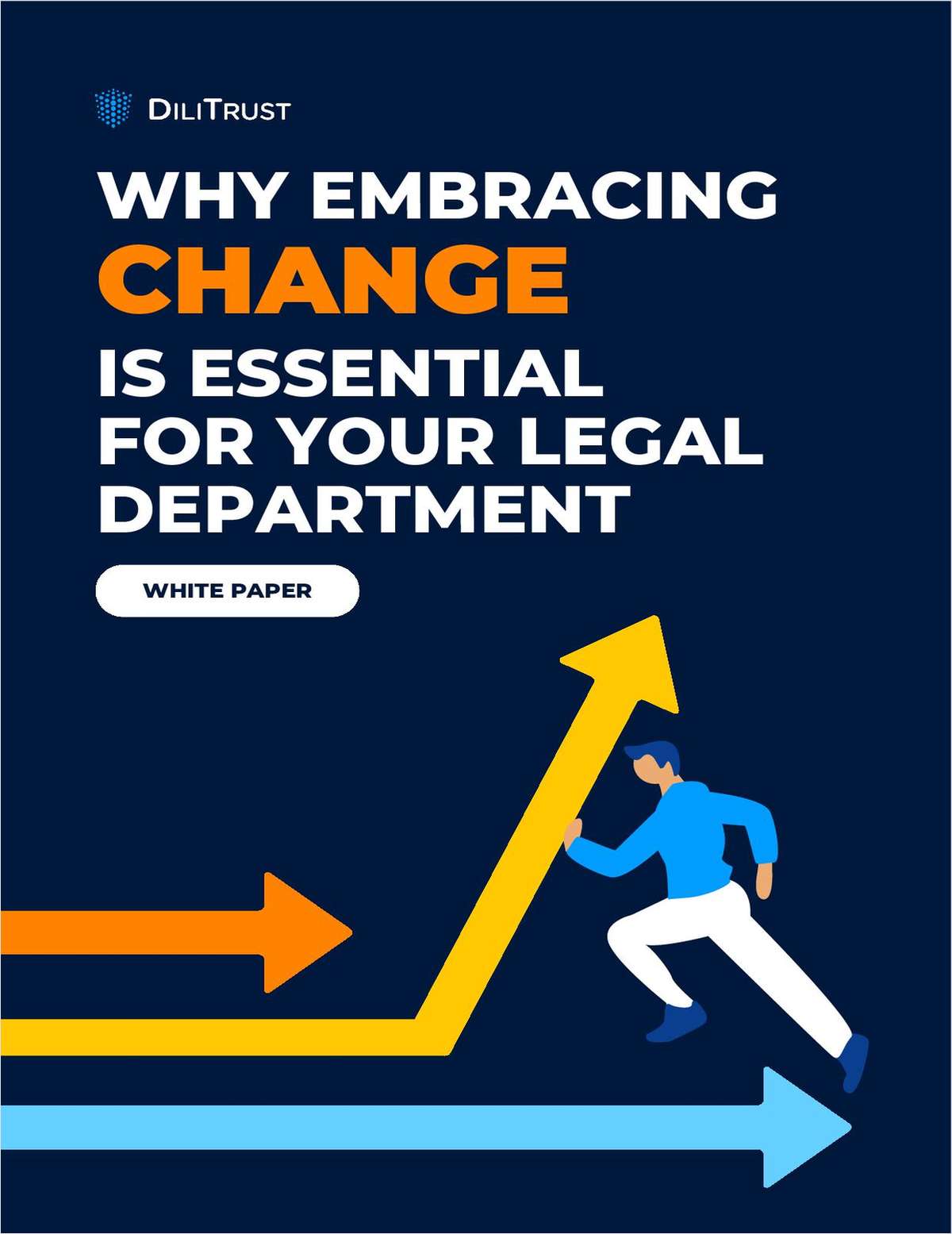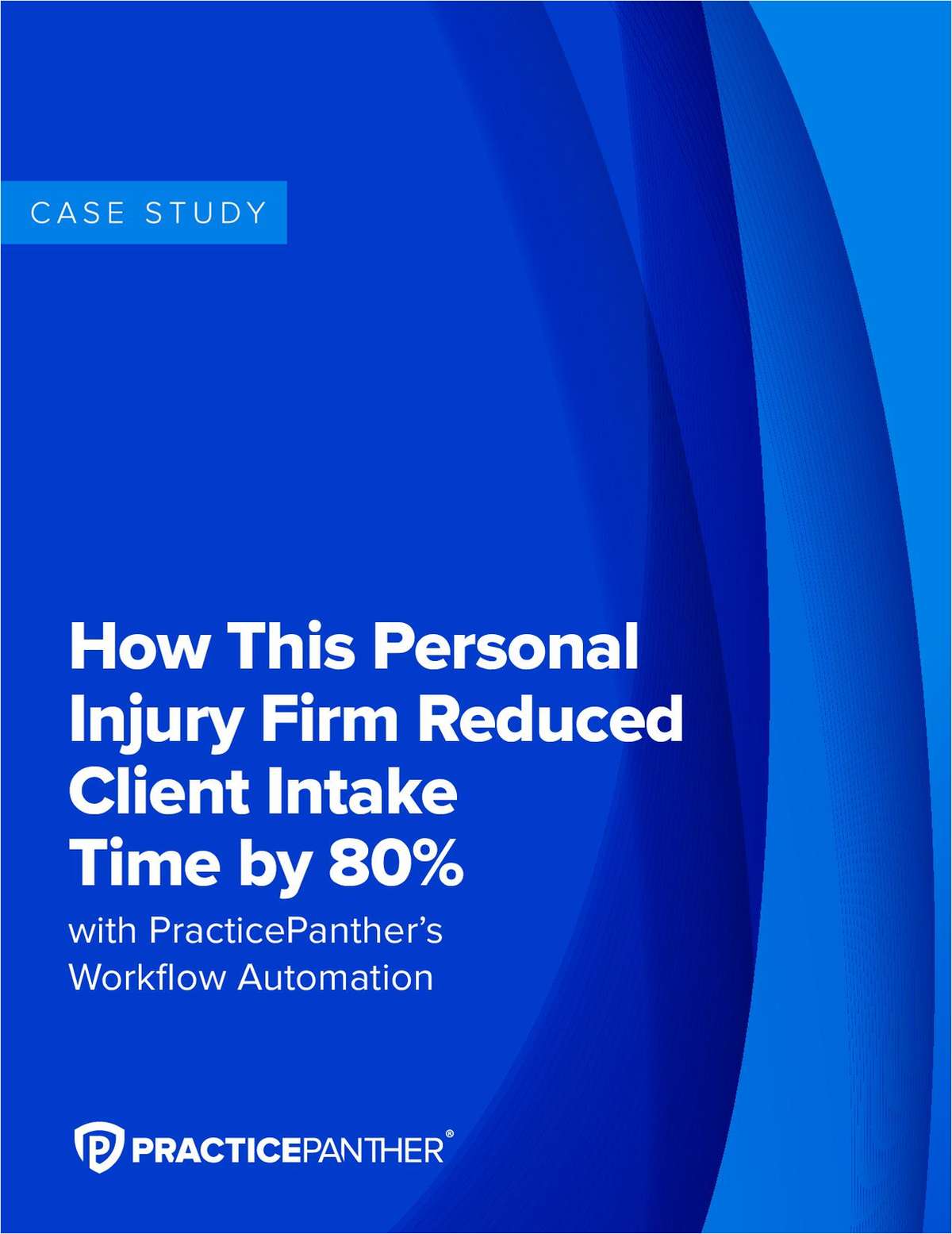 KatyaRusha/Shutterstock.com
KatyaRusha/Shutterstock.com'We Have to Act Courageously': A Conversation With Law Firm Chief Diversity Executives
Five chief diversity officers share their thoughts on diversity in the legal profession and comment on such issues as the diversity prop lawsuit and the effect a recession is likely to have on diversity in law firms.
August 07, 2019 at 06:16 PM
7 minute read
The original version of this story was published on The American Lawyer
Law firms are increasingly putting chief diversity officers in their C-Suites, as the din of clients calling for their outside counsel to improve diversity among their ranks has grown.
The American Lawyer spoke to five law firm diversity executives—Fenimore Fisher of DLA Piper, Yusuf Zakir of Holland & Knight, Lloyd Freeman of Archer, Paulette Brown of Locke Lord and Kori Carew of Seyfarth Shaw—asking them about the current events and diversity-related trends they are seeing.
Their answers have been edited for length and clarity.
What makes a good chief diversity officer?
 Paulette Brown
Paulette Brown
Brown: I will tell you that one of the reasons why I did not give up my partner status and my clients is because I believe you can be more effective when you contribute to the bottom line … I think that a chief diversity inclusion officer can be most effective when they have the ear of the head of the firm.
Carew: One thing that is essential is to have courage. There are a lot of things we haven’t done in the profession that we could have tried. There are ways in which we could have pushed harder. But we have a fear of failure, and we have a risk aversion that makes us want to prove with certainty that anything we do will work before we do it. It takes courage for a chief diversity officer to be able to put those things on the table in a way that is clear, direct and unapologetic and push for change and accountability.
Fisher: I think that in this role you have to be someone who applies a focus on tenacity, courage and strategic insight—aligning your strategy for diversity, equity and inclusion with the organization’s operational or business model. In order for you to be viewed with a sense of authenticity, you have to be viewed as somebody who is an advocate, even if it’s challenging at times. Lastly, you have to apply a sense of innovation to this work.
What is “diverse” to you? Is there a specific metric or number in mind?
 Fenimore Fisher
Fenimore Fisher
Fisher: I think there’s a lot of generalization concerning parity with the general population, as opposed to a review and assessment of the readily available talent pool and future pipeline. What you always want to focus on is whether your hiring rates and ultimate placement rates are comparable to the rate in which people are applying for positions. I think you also want to focus on looking at the rates of whether women and diverse individuals that are being hired are being retained at comparable rates.
Zakir: There is no specific number or metric that we have in mind. We do aim to be reflective of society as a whole. We are a better institution and we can better serve our clients when we more accurately reflect the world around us. At the end of the day, lawyers solve problems, and those problems come in all different shapes and sizes; They’re experienced by people of all different backgrounds. So, what better way to provide the best counsel than to be able to see those problems from different angles.
Brown: I think that the end goal for me is to have a place where diverse people will want to come to work and where they will feel welcome and where diversity and inclusion is fully a part of the fabric and culture of the firm. Everybody looking from the outside into our firm will know that.
Did Michelle Fang’s call to action for diversity, signed by more than 200 general counsel, leave an impression on you? Did it change the way you approached diversity?
This content has been archived. It is available through our partners, LexisNexis® and Bloomberg Law.
To view this content, please continue to their sites.
Not a Lexis Subscriber?
Subscribe Now
Not a Bloomberg Law Subscriber?
Subscribe Now
NOT FOR REPRINT
© 2024 ALM Global, LLC, All Rights Reserved. Request academic re-use from www.copyright.com. All other uses, submit a request to [email protected]. For more information visit Asset & Logo Licensing.
You Might Like
View All
Bottoming Out or Merging Up? Law Firms That Shuttered in 2024

A Look Back at High-Profile Hires in Big Law From Federal Government
4 minute read
Federal Judge Named in Lawsuit Over Underage Drinking Party at His California Home
2 minute read
Grabbing Market Share From Rivals, Law Firms Ramped Up Group Lateral Hires
Trending Stories
- 1'Largest Retail Data Breach in History'? Hot Topic and Affiliated Brands Sued for Alleged Failure to Prevent Data Breach Linked to Snowflake Software
- 2Former President of New York State Bar, and the New York Bar Foundation, Dies As He Entered 70th Year as Attorney
- 3Legal Advocates in Uproar Upon Release of Footage Showing CO's Beat Black Inmate Before His Death
- 4Longtime Baker & Hostetler Partner, Former White House Counsel David Rivkin Dies at 68
- 5Court System Seeks Public Comment on E-Filing for Annual Report
Who Got The Work
Michael G. Bongiorno, Andrew Scott Dulberg and Elizabeth E. Driscoll from Wilmer Cutler Pickering Hale and Dorr have stepped in to represent Symbotic Inc., an A.I.-enabled technology platform that focuses on increasing supply chain efficiency, and other defendants in a pending shareholder derivative lawsuit. The case, filed Oct. 2 in Massachusetts District Court by the Brown Law Firm on behalf of Stephen Austen, accuses certain officers and directors of misleading investors in regard to Symbotic's potential for margin growth by failing to disclose that the company was not equipped to timely deploy its systems or manage expenses through project delays. The case, assigned to U.S. District Judge Nathaniel M. Gorton, is 1:24-cv-12522, Austen v. Cohen et al.
Who Got The Work
Edmund Polubinski and Marie Killmond of Davis Polk & Wardwell have entered appearances for data platform software development company MongoDB and other defendants in a pending shareholder derivative lawsuit. The action, filed Oct. 7 in New York Southern District Court by the Brown Law Firm, accuses the company's directors and/or officers of falsely expressing confidence in the company’s restructuring of its sales incentive plan and downplaying the severity of decreases in its upfront commitments. The case is 1:24-cv-07594, Roy v. Ittycheria et al.
Who Got The Work
Amy O. Bruchs and Kurt F. Ellison of Michael Best & Friedrich have entered appearances for Epic Systems Corp. in a pending employment discrimination lawsuit. The suit was filed Sept. 7 in Wisconsin Western District Court by Levine Eisberner LLC and Siri & Glimstad on behalf of a project manager who claims that he was wrongfully terminated after applying for a religious exemption to the defendant's COVID-19 vaccine mandate. The case, assigned to U.S. Magistrate Judge Anita Marie Boor, is 3:24-cv-00630, Secker, Nathan v. Epic Systems Corporation.
Who Got The Work
David X. Sullivan, Thomas J. Finn and Gregory A. Hall from McCarter & English have entered appearances for Sunrun Installation Services in a pending civil rights lawsuit. The complaint was filed Sept. 4 in Connecticut District Court by attorney Robert M. Berke on behalf of former employee George Edward Steins, who was arrested and charged with employing an unregistered home improvement salesperson. The complaint alleges that had Sunrun informed the Connecticut Department of Consumer Protection that the plaintiff's employment had ended in 2017 and that he no longer held Sunrun's home improvement contractor license, he would not have been hit with charges, which were dismissed in May 2024. The case, assigned to U.S. District Judge Jeffrey A. Meyer, is 3:24-cv-01423, Steins v. Sunrun, Inc. et al.
Who Got The Work
Greenberg Traurig shareholder Joshua L. Raskin has entered an appearance for boohoo.com UK Ltd. in a pending patent infringement lawsuit. The suit, filed Sept. 3 in Texas Eastern District Court by Rozier Hardt McDonough on behalf of Alto Dynamics, asserts five patents related to an online shopping platform. The case, assigned to U.S. District Judge Rodney Gilstrap, is 2:24-cv-00719, Alto Dynamics, LLC v. boohoo.com UK Limited.
Featured Firms
Law Offices of Gary Martin Hays & Associates, P.C.
(470) 294-1674
Law Offices of Mark E. Salomone
(857) 444-6468
Smith & Hassler
(713) 739-1250








